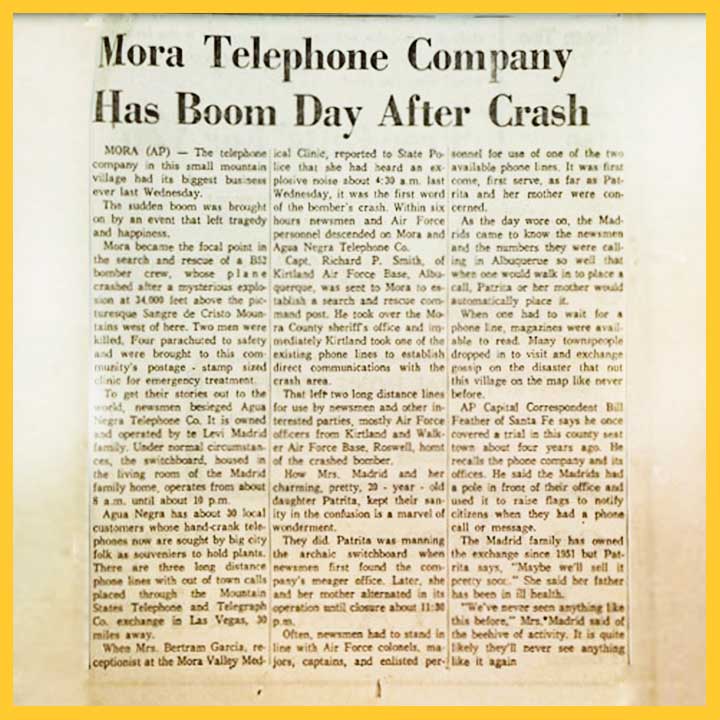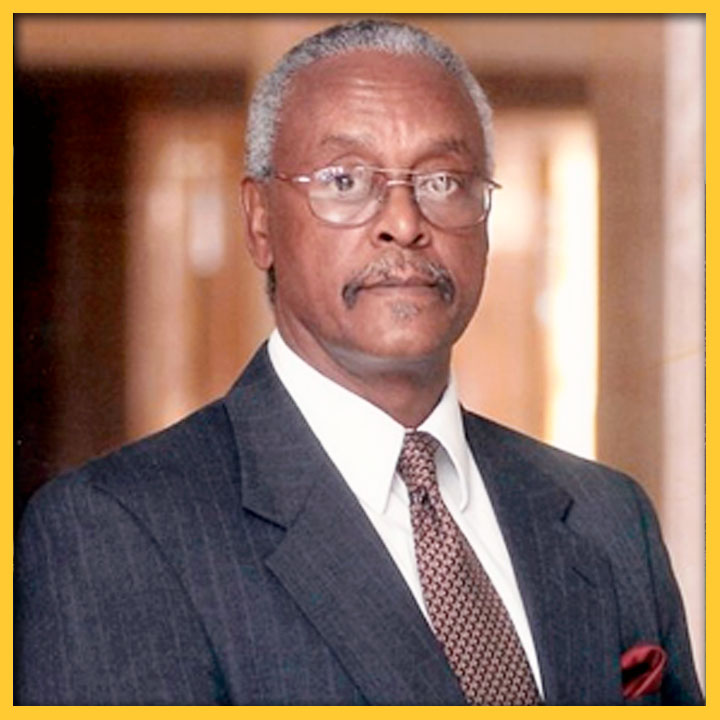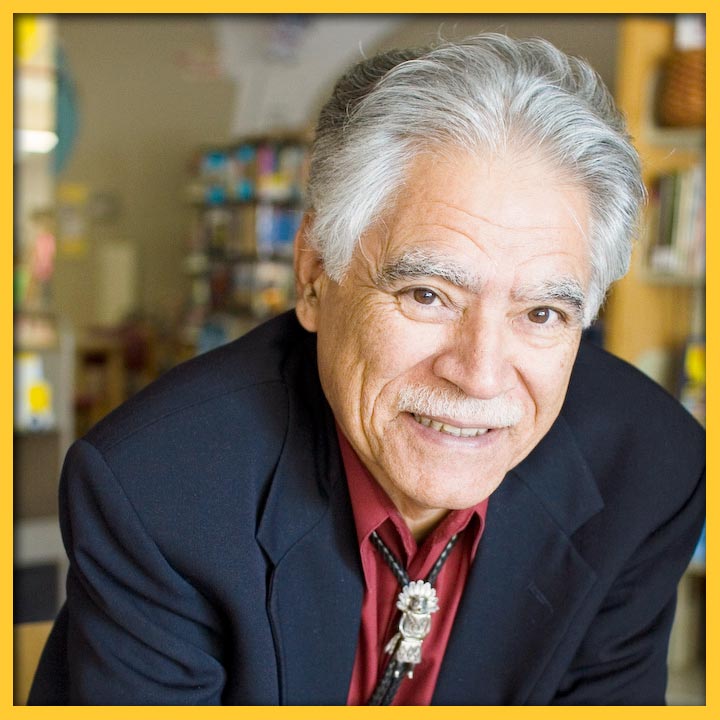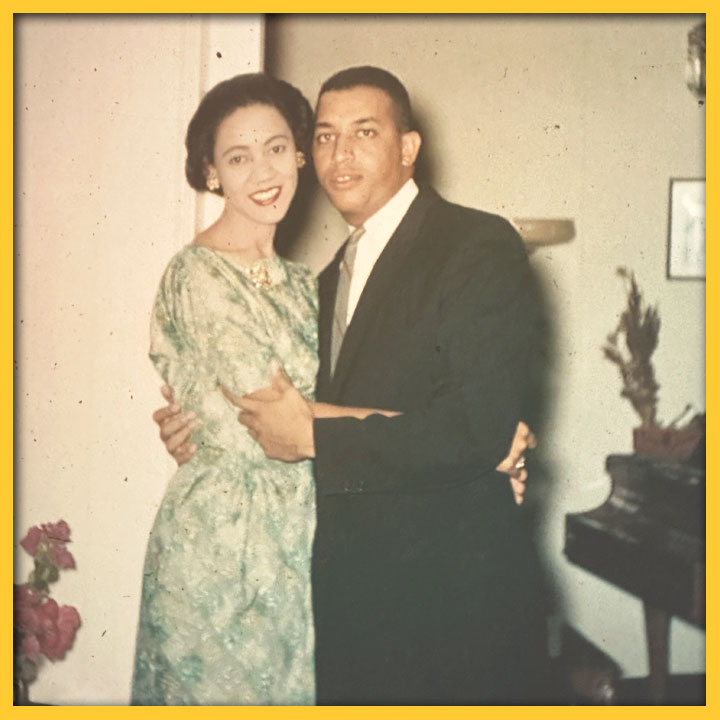
THE B-52 BOMBER THAT FELL FROM THE SKY
- By Mario X. Martinez
- No Comments
In the early morning hours of Wednesday, January 30, 1963, a Boeing B-52 Stratofortress was flying a routine training mission out of Walker AFB when a tragic event thrust the inhabitants of the Mora Valley into the national spotlight.
Photo of article published in the Santa Fe New Mexican and the Associated Press in 1963. Photo Courtesy of Mario Martinez.
SHARE:
Located on the outskirts of Roswell, New Mexico, Walker Air Force Base served as a key U.S. military installation during the Cold War. It operated under the Strategic Air Command from 1946 until its closure in 1967. In the early morning hours of Wednesday, January 30, 1963, a Boeing B-52 Stratofortress was flying a routine training mission out of Walker AFB when a tragic event thrust the inhabitants of the Mora Valley into the national spotlight.
The B-52 aircraft was flying at 34,000 feet when its tail section separated from the fuselage because of turbulent winds that caused the aircraft to explode and crash approximately 10 miles northwest of Mora in the vicinity of Holman Hill. A couple of residents notified the Agua Negra Telephone Company, the privately owned provider, after they witnessed the
Once the news reached the outside world, the village of Mora would become the bustling epicenter for the search and rescue operation for survivors, initially spearheaded by local law enforcement agencies with assistance from numerous
At the end of December 1962, the SGHS Rockets basketball team captured the Stu Clark Tournament championship with an upset win over West Las Vegas High School. A month later, they found themselves searching for survivors amidst the scattered crash debris, including the jet engines that had separated from the fuselage. The starting center from the squad recalled the fierce winds that blew every day during their search efforts. Of the six crew members, four managed to survive by bailing out and deploying their parachutes, while two others perished. Father Flanagan and one of the male students discovered the body of the tail gunner and reported the location to the search coordinators.
I was in the fifth grade at that time and found myself consumed by this event, especially since St. Gertrude’s made their gym available after the team practices to a large contingent of USAF personnel. The opportunity to shower after coming indoors from a grueling day on the mountain was a welcome benefit to these young men. I fondly recall watching the airmen engage in some spirited off-duty basketball contests during their stay. The gym stage and elevated bleachers also offered ample space to spread out their sleeping cots or sleeping bags. The homecoming game happened to take place during this time which offered a chance for the community to make the airmen feel welcome when members of the homecoming court were escorted by several of the airmen.
When I later mentioned the experience of sampling C rations for the first time to a former player, he recalled dining on these “culinary delights” while assisting with the search efforts. He quipped that he would soon be reintroduced to C rations upon enlisting in the Armed Forces after graduation. Once the search operations concluded, a grateful USAF officer presented my father with two large boxes of C rations, which came in handy during our family road trips the next couple of years.
The Albuquerque Journal article mentioned the generous praise handed out by the Air Force to the entire Mora community and cited key individuals like Agua Negra Telephone Company’s Madrid family, the local volunteers who helped rescue or locate three of the surviving crew members, as well as the St. Gertrude’s High School contingent.
The newspaper clippings collected by my father, Coach Jake Martinez, provided me with the excellent sources that enabled me to share this profound account that time almost forgot.
PASA POR AQUÍ
ADDITIONAL BLOG ARTICLES

REFLECTIONS ON THE LOSS OF A NEW MEXICO CIVIL RIGHTS LEADER
By Carlyn N. Pinkins, M. A.
“The Dr. Harold Baileys of the world should inspire us all to do what we can to leave our communities, our towns and cities – our great state – better places than we found them. While we do our part to create the Dr. Harold Baileys of the future, we should also strive to make sure that the Dr. Harold Baileys of our past and present are never forgotten.”

RUDOLFO ANAYA: CATCHING CULTURES IN BLESS ME, ULTIMA
By Richard Wayne Etulain
Anaya greatly expands the cultural contributions of his novel by combining the usual (Bildungsroman—growing up theme) with the unusual (complex, diverse New Mexico Hispanic culture)…

UP BY OUR BOOTSTRAPS; TWO LIVES IN RETROSPECT
By Finnie Coleman
I found myself fascinated with Dr. McIver’s transition from the stultifying hopelessness of the Segregation Era to the wistful hopefulness of the Civil Rights Era…
SHARE:
DISCLAIMER:
Any views, findings, conclusions or recommendations expressed in this blog post/article does not necessarily represent those of the New Mexico Humanities Council or the National Endowment for the Humanities.
ABOUT THE AUTHOR:

MARIO X. MARTINEZ
Mario X. Martinez grew up in northern New Mexico with a rich oral tradition shared by his various family members. After studying at the University of Northern Colorado and the Harvard Business School, he eventually returned to his home state to teach, write, and raise a family. Mario is the proud author of two historical novels, "Converso" and "Abran and Isabella's Hidden Journey" printed by Gaon Books (Santa Fe).
